Stool microbiome tests analyze the bacteria, fungi, and other microorganisms in your gut to provide insights into your health. These tests can reveal:
- Bacterial Diversity: Identify up to 1,000 species, including key groups like Firmicutes and Bacteroidetes.
- Pathogens: Detect harmful bacteria (e.g., Salmonella), parasites (e.g., Giardia), and worms.
- Inflammation Markers: Measure fecal calprotectin to assess gut inflammation.
Key Testing Methods:
- 16S rRNA Sequencing: Basic bacterial profiling.
- Metagenomic Sequencing: Comprehensive analysis of bacteria, fungi, and viruses.
- Shallow Shotgun Sequencing: Combines cost-efficiency with detailed insights.
While these tests offer valuable data, they don’t diagnose specific conditions or define a “healthy” microbiome. Use them alongside professional medical advice for monitoring gut health, detecting imbalances, and guiding dietary changes.
Main Test Measurements
Stool microbiome tests evaluate crucial factors that provide a detailed view of gut health. These metrics help pinpoint potential problems and assist in crafting effective treatment plans.
Bacterial Types and Counts
These tests examine the variety and quantity of bacterial species in the gut. Most gut bacteria fall into four main groups: Firmicutes, Proteobacteria, Bacteroidetes, and Actinobacteria. Among these, Firmicutes and Bacteroidetes are the most common in healthy adults. A well-functioning gut can host up to 1,000 bacterial species. For individuals with Inflammatory Bowel Disease (IBD), the balance often shifts, showing elevated levels of Proteobacteria and reduced amounts of genera like Bacteroides, Eubacterium, and Faecalibacterium [1].
Harmful Microorganisms
Stool tests also identify disease-causing organisms, which can disrupt gut health. Here's a breakdown:
| Pathogen Type | Examples | Clinical Significance |
|---|---|---|
| Bacteria | Salmonella, Shigella, Campylobacter | Campylobacter is a leading cause of bacterial diarrhea |
| Parasites | Giardia, Blastocystis | Often present without symptoms in developed countries |
| Worms | Various helminths | May indicate parasitic infections that require treatment |
These findings go beyond bacterial counts, providing a fuller picture of pathogens that could disturb gut balance.
Inflammation Signs
Stool tests measure inflammation using fecal calprotectin, a protein that makes up 60% of the cytoplasmic protein concentration in neutrophils and macrophages [1].
"Calprotectin rises when inflammation occurs (whatever the cause of that may be). The concentration of calprotectin relates directly to the severity of the inflammation: the more severe your IBD, the higher your calprotectin levels will be." - Alexandra Falconer, Registered Nutritional Therapist
Key calprotectin levels include:
- Healthy individuals: 10–50 μg per gram of stool
- Active IBD cases: Often above 600 μg per gram [2]
Studies show that higher fecal calprotectin levels are linked to specific bacterial shifts, such as increased gram-negative Haemophilus and Veillonella, alongside reduced short-chain fatty acid-producing bacteria like Clostridium and Blautia [2]. This marker not only indicates inflammation but also reflects changes in the gut's bacterial composition, making it a valuable diagnostic tool.
Testing Methods
Modern stool microbiome testing uses genetic sequencing to examine the diverse microbial communities in fecal samples. These techniques form the basis for the detailed biomarker insights previously discussed. The two main methods are 16S rRNA gene sequencing and shotgun metagenomic sequencing, with newer approaches like shallow shotgun sequencing offering a middle ground between detail and cost.
These methods analyze microbial composition with varying levels of depth and expense.
- 16S rRNA Analysis
This method focuses on conserved regions in bacteria and archaea. It’s a cost-effective option and provides a basic bacterial profile, mostly identifying organisms at the genus level (and occasionally at the species level). However, it does not detect fungi or viruses.
- Metagenomic Sequencing
Often referred to as shotgun sequencing, this method examines all genetic material in a sample. It offers a detailed view of the gut microbiome. It can identify bacteria, fungi, viruses, and protists, often down to the species or even strain level. For example, metagenomic studies have identified over 4,500 species across more than 1,000 genera.
| Feature | Capability | Clinical Impact |
|---|---|---|
| Species Detection | Over 4,500 species across 1,000+ genera | Enables precise identification of rare microorganisms |
| Coverage | Includes bacteria, fungi, viruses, protists | Offers a broad view of the microbial ecosystem |
| Resolution | Species and strain-level identification | Tracks specific pathogenic strains |
Key Differences
The main differences between these methods lie in their taxonomic resolution, data complexity, and database support.
- 16S rRNA sequencing produces simpler data, relies on established reference databases, and is ideal for general bacterial profiling.
- Metagenomic sequencing provides a deeper, more comprehensive analysis, identifying organisms at higher resolution but requiring advanced computational resources.
Emerging methods like shallow shotgun sequencing capture over 97% of the data from deep metagenomic sequencing but at a cost similar to 16S testing. This makes it an attractive option for clinical applications.
Choosing the right method depends on your goals, weighing factors like cost, the level of detail needed, data complexity, and access to bioinformatics expertise.
sbb-itb-55c436e
Test Uses
Gut Problem Detection
Stool tests play a key role in identifying gut issues like IBD by analyzing gut bacteria. For example, a study of 5,979 samples was able to differentiate between Ulcerative Colitis (UC) and Crohn's Disease based on bacterial patterns [3]. These findings are paving the way for better tools to track treatment progress.
Treatment Monitoring
Stool tests are also useful for tracking how well treatments are working for gut-related disorders. A study reported that sequential FMT (Fecal Microbiota Transplant) resulted in a 91% clinical cure rate after one month. Survival rates were 94.7% at one month and 78.6% at three months. In contrast, a single FMT was successful in only 52.6% of cases [4]. Monitoring factors like pseudo-membranes helped determine when additional treatments were needed. Beyond tracking disease treatments, stool testing also provides valuable insights into the ageing process.
Ageing and Health
Stool tests can highlight how the gut microbiome changes with age. Research found that older adults with more diverse gut microbiomes tend to have better health markers. These include lower LDL cholesterol, higher vitamin D levels, more beneficial metabolites, and less reliance on medications. The study also revealed that individuals with low microbiome diversity were nearly twice as likely to die during the research period [5].
Decode Age offers advanced gut microbiome testing, analyzing over 30 aspects of gut health. This personalized approach complements traditional stool tests by providing insights that can help improve cellular function and support healthier ageing.
Limits and Progress
Test Result Accuracy
Stool microbiome tests face several challenges when it comes to accuracy and interpretation. For starters, about 20% of bacterial gene sequences remain unidentified, and over 40% of the 10 million microbial genes are of unknown function. This lack of clarity makes it difficult to fully understand the results.
Adding to the complexity, there isn’t a universally agreed-upon definition of a "healthy" gut microbiome. The microbiome varies daily due to diet and lifestyle factors, making it hard to pin down an ideal balance. Stool samples themselves may not provide a complete picture, as the microbial community in the colon differs significantly from that found at the intestinal mucosa, particularly near the small intestine.
"While interesting, microbiome stool testing is a bit ahead of its time to be marketed to consumers presently", says Kate Scarlata.
Despite these hurdles, advancements are paving the way for more reliable solutions.
New Developments
New technologies are making strides in addressing the current limitations of microbiome testing. Metagenomic sequencing, now considered the gold standard for studying gut microbiota, has significantly improved capabilities.
Artificial intelligence (AI) and machine learning are also transforming how microbiome data is analyzed. Dr. Guus Roeselers, head of Microbiology research at Danone Research & Innovation, explains:
"Artificial intelligence has been used for a while in our research already- not in the same way as chat GPT, but to precisely determine the species identity of thousands of microbial DNA sequences detected in stool samples and to interrogate these huge complex data sets to find new biomarkers or predictors to see how likely someone is to develop an allergy, or how well someone metabolically responds to eating certain food. That knowledge can be used to define healthier nutrition, diets, and lifestyle."
Other breakthroughs include smart toilets and stool analysis apps, offering rapid microbiome analysis. These tools, paired with advanced bioinformatics, are enabling more accurate genome assembly from shotgun sequencing [6]. One computational tool, using metagenomic analysis, has achieved at least 80% accuracy in distinguishing healthy individuals from those with various conditions.
Researchers are also refining techniques to better understand dysbiosis and develop personalized interventions. However, experts stress that microbiome testing should complement broader health assessments, rather than serve as a standalone diagnostic tool.
Summary
Main Points
Stool microbiome testing offers a detailed look into gut health, highlighting its connection to various health conditions. It provides insights that can guide tailored interventions.
Research shows that diverse gut microbiomes are linked to longer lifespans. Advances in testing methods are helping us better understand how the gut impacts overall health.
"When the types or amounts of gut microorganisms are altered, it's known as dysbiosis. This can disrupt important processes and contribute to conditions such as irritable bowel syndrome (IBS) and inflammatory bowel disease (IBD)." - Dr. Arvind Reddy, Gastroenterologist at Houston Methodist
Key takeaways include:
- Dietary Changes: Eating 30 different plant-based foods each week supports gut diversity.
- Tracking Progress: Monitoring changes in gut composition can show how well interventions are working.
- Early Detection: Spotting microbial imbalances can help identify potential health risks early.
These findings help shape personalized diet and treatment plans.
Companies like Decode Age combine advanced gut testing with tailored health insights, shedding light on how gut health affects ageing. As testing technology improves, it becomes a useful tool for boosting overall well-being. However, these tests should be part of a broader health evaluation and interpreted with guidance from healthcare professionals.
FAQs
What is a stool microbiome test?
A stool microbiome test analyzes the bacteria, fungi, viruses, and other microorganisms in your gut to provide insights into your digestive health, immune function, and overall well-being.
Can stool microbiome tests diagnose diseases?
No, these tests do not diagnose specific diseases. They provide insights into gut health, but results should be interpreted alongside medical advice.
How does gut microbiome diversity affect health?
A diverse gut microbiome is associated with better digestion, stronger immunity, lower inflammation, and longer lifespan. Lower diversity has been linked to obesity, autoimmune disorders, and metabolic diseases.
How does gut health relate to ageing?
Research shows that older adults with diverse gut microbiomes have lower LDL cholesterol, better vitamin D levels, and a reduced risk of chronic diseases, thus improving their overall health.









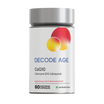

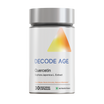

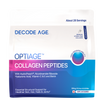

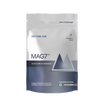









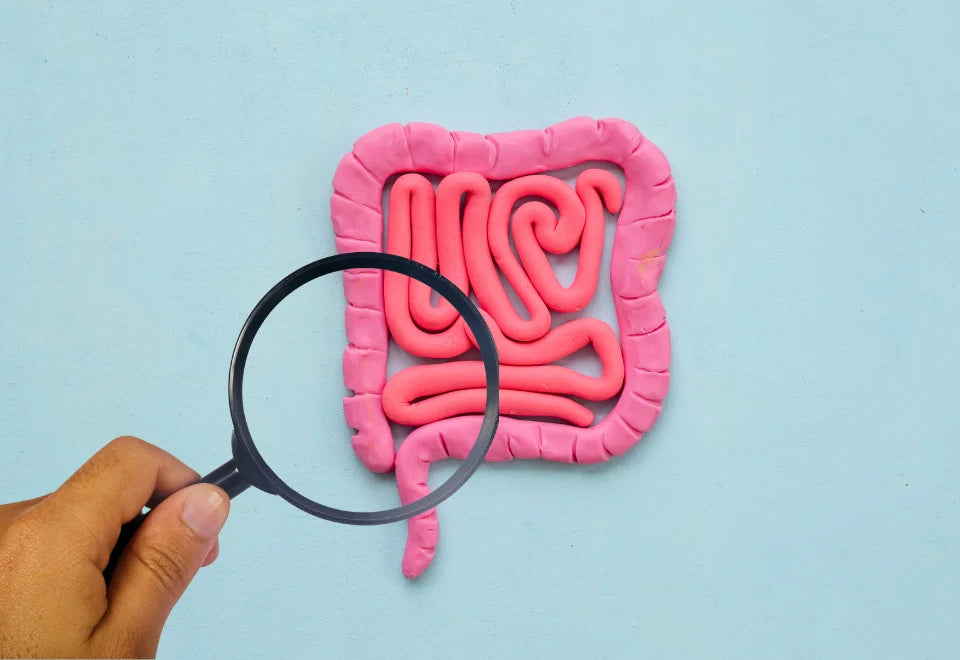
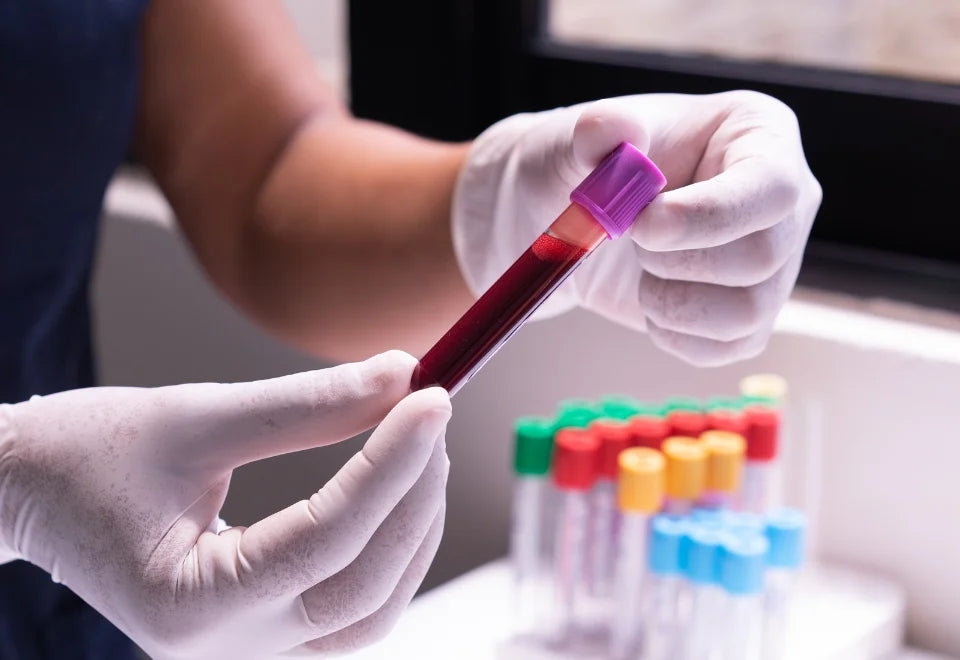
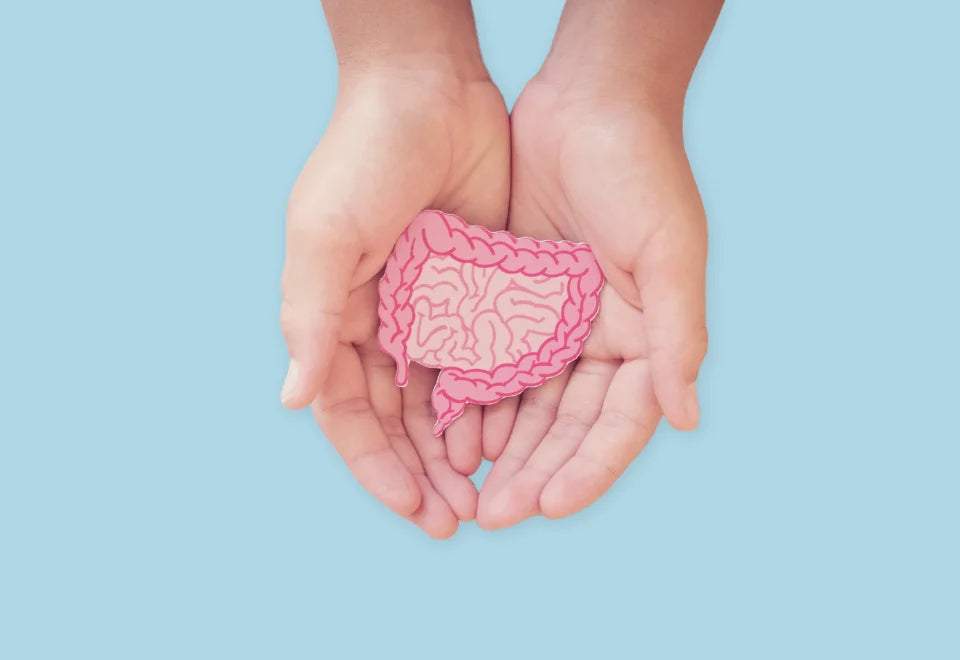
Leave a comment
All comments are moderated before being published.
This site is protected by hCaptcha and the hCaptcha Privacy Policy and Terms of Service apply.